To create attractive, internationally competitive products, Hanoi has proactively linked with provinces and cities in the region, based on the main pillars of cultural tourism, handicrafts, cuisine and performing arts. However, to have more attractive cultural industrial products, closer links and coordination are needed.
Elevate your uniqueness
The Center for the Essence of Vietnamese Craft Villages (Bat Trang Commune, Gia Lam District, Hanoi ) not only introduces the history and culture of Bat Trang pottery village, but also introduces many beautiful features of contemporary products. Among them, there is a high-end product line, not only in the manufacturing process, shaping techniques, pottery firing techniques... but also in the cultural story. That is the "Huong sa" pottery line - meaning alluvium of the Huong River. The Huong River plays a special role in the cultural and spiritual life of the people of Hue.
With the thought of how to create a high-end ceramic line with cultural depth that cannot be copied, General Director of Gia Toc Viet Ceramic Group Nguyen Trung Thanh cooperated with the founder of XQ Vietnam embroidery brand Vo Van Quan to create a product with the soul of Hue , with the culture of Hue royal court with the techniques and creativity of Bat Trang artisans. From there, the Huong Sa ceramic line was born.
Mr. Nguyen Trung Thanh said: “To show our respect for the materials from Hue, we held a ceremony to welcome the alluvial soil of the Huong River for production. Therefore, Huong Sa ceramic products carry the story of the ancient capital of Hue and the capital of Thang Long. Huong Sa ceramic products have been raised to a unique level, carrying a special story about culture and are highly competitive, with high commercial and artistic value”.
Huong Sa pottery is just one of many products originating from the association between Hanoi and provinces and cities in the region as well as the whole country to create attractive industrial and cultural products. For the group of handicraft products, there are many other forms of association such as: Association between shops on Hang Bac Street (Hoan Kiem District, Hanoi) with craft villages: Dong Xam (Thai Binh), Chau Khe (Hai Duong); association between shops selling silk, embroidery, lace in the Old Quarter with the silk craft villages Nha Xa (Ha Nam), Van Lam embroidery and lace (Ninh Binh); between shops selling bronze products on Hang Dong Street with workshops in Y Yen (Nam Dinh), Dai Bai (Bac Ninh)...
In which, Hanoi is the one who designs, introduces and consumes the products; craft villages in neighboring provinces are the ones who produce according to the requirements. This connection helps the city diversify products for the handicraft market, especially products serving tourism; at the same time, promoting production in the localities.
Tourism linkage activities are even more vibrant. Many cultural tours and routes have been formed and exploited in recent times. For example, the tour “Connecting ancient Vietnamese capitals” takes tourists to explore ancient Vietnamese capitals from the Hung Kings period to Thang Long, then to the ancient capital of Hoa Lu.
Many tours choose Hanoi's heritage as their starting point, then move on to the next destinations such as Keo Pagoda (Thai Binh), Tam Chuc Pagoda (Ha Nam), Bai Dinh Pagoda (Ninh Binh)... The most recent is the Kinh Bac Heritage Discovery tour, connecting Hanoi's heritage with a "chain" of heritages in Bac Ninh province such as But Thap Pagoda, Dau Pagoda, Dong Ho painting village, Phu Lang pottery village...
A rather unique tour package that has been exploited recently is the river tour connecting Hanoi with Hung Yen, Bac Ninh, and Ha Nam. In particular, the river tour route starting at Chuong Duong Do wharf (Hoan Kiem district) with stops such as: Bat Trang pottery village, Dam temple (Hanoi), Da Hoa temple (worshiping Saint Chu Dong Tu in Van Giang district, Hung Yen) ... is the most popular route.
After experiencing the Hanoi-Hung Yen river tour, Mr. Le Manh Cuong (a tourist from Ho Chi Minh City) said: “When participating in the river tour, I was quite surprised to experience both spiritual heritage and craft village heritage. This is also the first time I have visited an original relic of Saint Chu Dong Tu, something I have only known about through stories. This tour helps everyone get closer to nature, so the whole group is satisfied.”
In addition to cooperation in the fields of handicrafts and cultural tourism, cooperation activities are also quite common in performing arts activities. Recently, many large shows have had close coordination between local authorities - organizers - artists of Hanoi and neighboring localities. In exhibitions, festivals, tourism and cultural festivals, etc., Hanoi always plays a role in introducing cultural and artistic products to provinces and cities.
Associate Professor Bui Hoai Son, full-time member of the National Assembly's Committee on Culture and Education, said: “The linkage opens up opportunities to create an effective regional linkage network, promoting the formation of inter-provincial and inter-sectoral cultural and creative value chains; linking the stages from creation, production, distribution to consumption of cultural products - across many localities, in order to take advantage of mutual benefits and increase overall value.
The capital Hanoi, as a major center of innovation, training and consumption, can play a leading role in forming industry chains. Meanwhile, neighboring provinces such as Bac Ninh, Nam Dinh, Ninh Binh, Thai Binh or Hai Duong possess abundant cultural resources, developed craft villages, and skilled labor forces - which are key links in the chain of production, processing and exploitation of traditional raw materials.
Promote real, effective connections
Although the potential is huge, reality also shows that the association for the development of cultural industries is still spontaneous among organizations, individuals and businesses. The role of management agencies is not really clear. As a result, there are not many outstanding products with strong brands, bearing the characteristics of the association process.
For example, in the river tour group, currently only the Hanoi-Hung Yen route with destinations such as Bat Trang pottery village, Dam temple, Da Hoa temple is effective. Some river routes Hanoi-Bac Ninh, Hanoi-Ha Nam are only organized when there are orders from customers.
Associate Professor, Dr. Vu Thi Phuong Hau, Director of the Institute of Culture and Development (Ho Chi Minh National Academy of Politics) proposed: “In the linkage solutions, the most important thing to focus on is policy and institutional solutions. For example, Hanoi and neighboring localities should coordinate to develop a project on linkage in developing cultural industry in the Capital Region for the period 2025-2035, clearly defining the role of each province and city in the common development network; establishing a regional inter-sectoral coordination mechanism, periodically organizing the Cultural Industry Forum in the Capital Region to create an environment for effective policy dialogue, and creating consensus among provinces on common goals.
In addition, the development of infrastructure and technology also needs to take into account inter-provincial and inter-regional factors. For example, building a digital database of relics, festivals, craft villages... of each locality and integrating them into a common system such as building an interactive digital map of the Red River Delta region.
From the policy foundation, Hanoi and localities can implement specific solutions. Associate Professor Tran Thi Ngoc Quyen, Deputy Director of the Institute for Creative Research (Foreign Trade University, Hanoi) proposed: “Tourism and handicrafts as gifts are the main groups in the association. For this group of activities, it is necessary to encourage investment resources in creative products, develop cultural products with local characteristics, and at the same time associate with the common values of the region.
For example, the Hanoi-Hai Duong partnership can develop a line of restored Chu Dau ceramic products. Hai Duong is the supplier of the products, while Hanoi organizes the exhibition, designs the identity, and connects international trade. The Hanoi-Ninh Binh partnership can create a product that is a heritage experience journey combined with education.
In particular, Ninh Binh with its potential in landscape and craft villages is the place to provide destinations and practical experiences; Hanoi is the one that builds cultural education programs - produces school documents - organizes thematic tours for students...
Associate Professor, Dr. Dang Hoai Giang (Hanoi National University) said that it is necessary to deploy more experiential tours connecting Hanoi's craft streets with original craft villages in Hai Duong, Nam Dinh, Thai Binh... This will make the tourist experience more attractive.
Many experts affirm that linkage not only creates opportunities, but is actually an essential requirement, a long-term strategy to increase the competitiveness of cultural industrial products, especially in the context of globalization. Therefore, Hanoi needs to be more proactive in linkage, in order to build cultural industrial products with strong brands, capable of competing regionally and internationally.
Source: https://nhandan.vn/lien-ket-thuc-day-cong-nghiep-van-hoa-post884381.html
















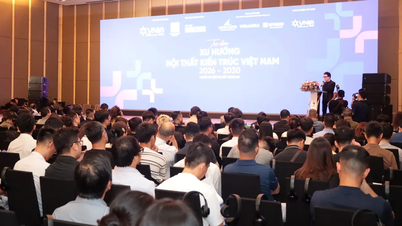





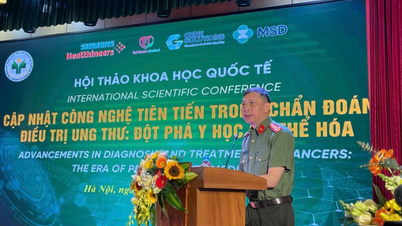
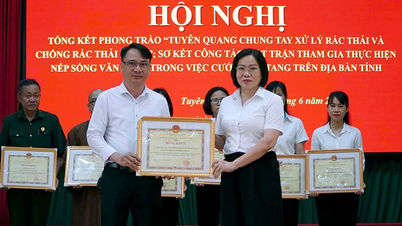
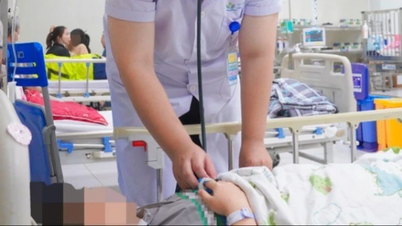
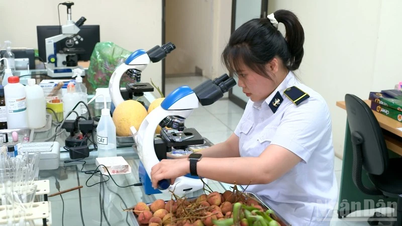
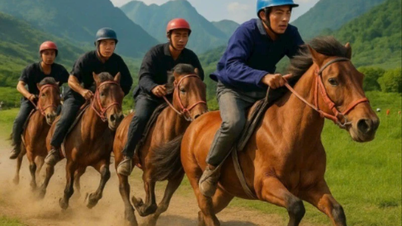
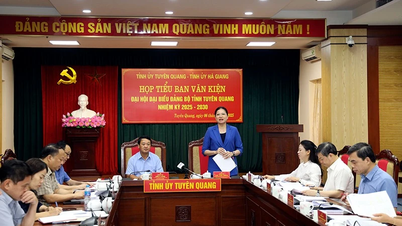

![[Photo] General Secretary To Lam receives Korean Ambassador to Vietnam](https://vphoto.vietnam.vn/thumb/1200x675/vietnam/resource/IMAGE/2025/6/6/a0765b7543784cbcbfe4755b67d43ab4)

![[Photo] President Luong Cuong works with Hung Yen and Thai Binh Provincial Party Committees on implementing Resolution of the 11th Central Conference, 13th tenure](https://vphoto.vietnam.vn/thumb/1200x675/vietnam/resource/IMAGE/2025/6/6/127b735d2761484d81dcee0d7725a25b)








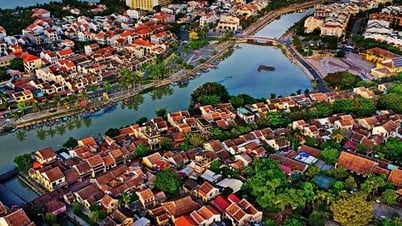



















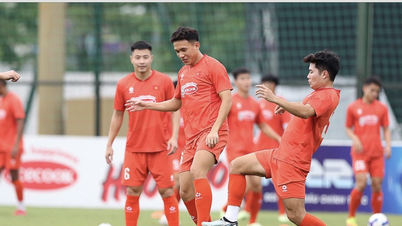
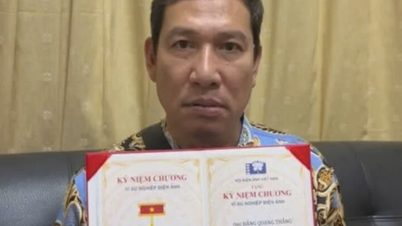








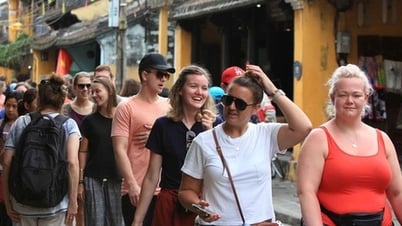




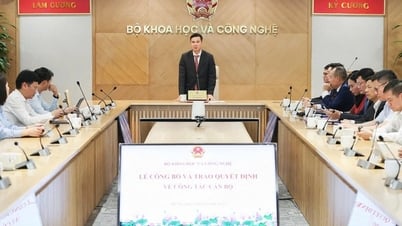







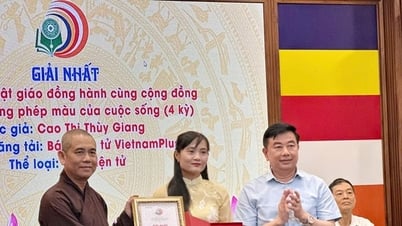






![[OCOP REVIEW] Tu Duyen Syrup - The essence of herbs from the mountains and forests of Nhu Thanh](https://vphoto.vietnam.vn/thumb/402x226/vietnam/resource/IMAGE/2025/6/5/58ca32fce4ec44039e444fbfae7e75ec)





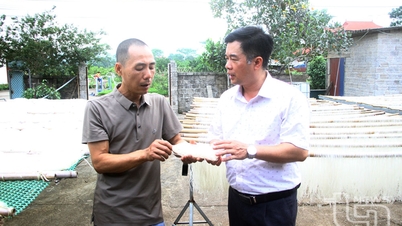

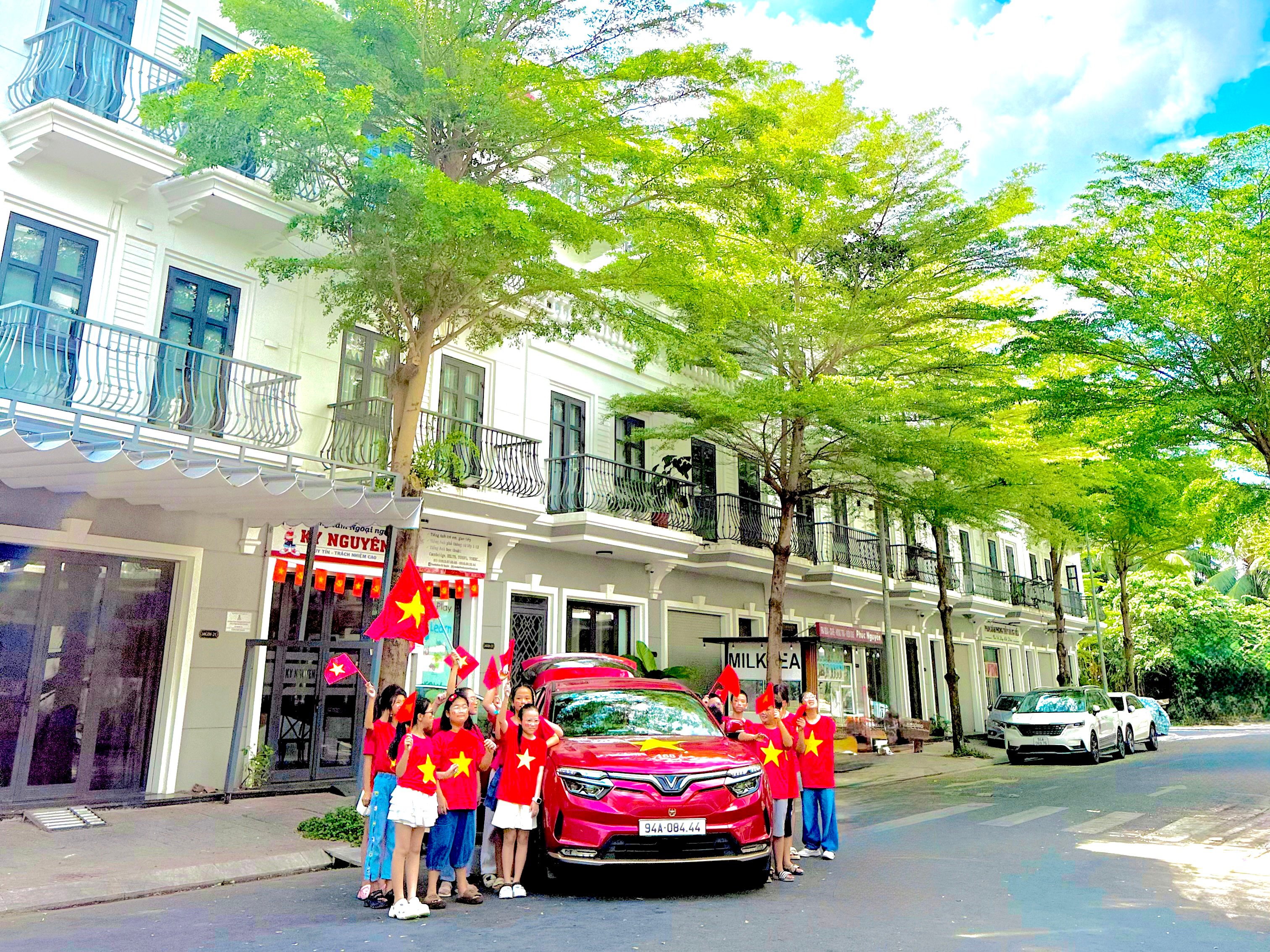



Comment (0)